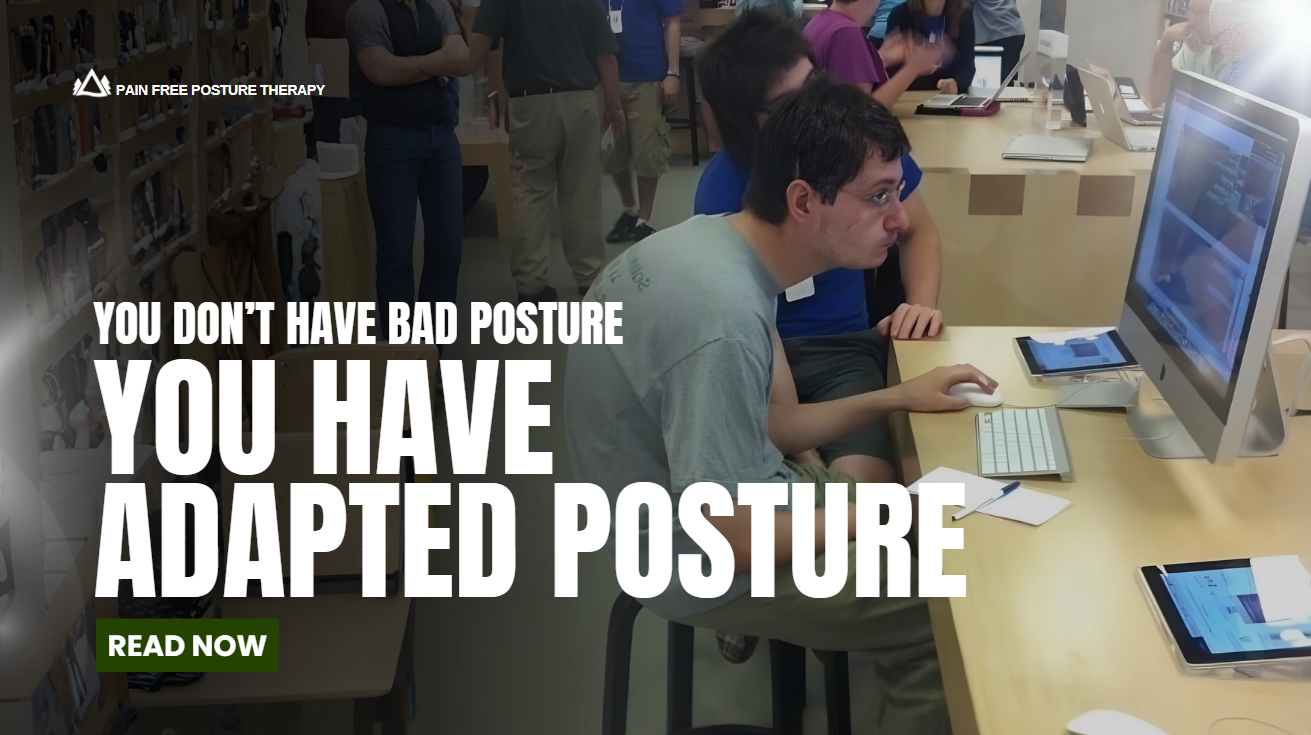Building Your Routine
Exercise is medicine- if you get the dosage right.
Here are the 5 major principles we use when writing an exercise routine to ensure that it is both effective and therapeutic.
1- Mitigate the Symptom
2- Reduce Rotation
3- Work from the Inside Out
4- Balance the Pelvis
5- Leave the Body in Neutral
The Five Core Principles Behind Every Therapy Routine
When we build a therapy routine for a client, there’s a clear framework behind it. These routines aren’t just random exercises. They follow a sequence that helps the body move toward balance, function, and pain relief. Here are the five key principles we use:
1.
Reduce the symptom
The first goal is to get you in a position where your symptoms decrease, not increase. That usually means finding a place of comfort, like lying on your back with your legs elevated, to use gravity to our advantage. This helps calm the system before we challenge it.
2. Minimize rotation
Rotation happens easily, like from sitting unevenly or driving with one hand for hours. You might not even notice one shoulder coming forward or one knee turning out more than the other, but your body picks it up. The goal is to take out that twist and bring symmetry back. It’s simple to correct but just as simple for it to come back, so we pay close attention to it.
3.
Work from the inside out
We focus first on central areas like the spine, shoulders, and pelvis. These are the roots of your body, like the trunk of a tree. By working from the inside out, we create lasting change. The ankles, wrists, and elbows will follow naturally once the center is stable.
4.
Balance the pelvis
Your pelvis is the engine room of movement. It’s where the largest muscles attach, and when it’s out of balance, everything else has to compensate. One hip higher than the other can trigger a chain reaction of dysfunction. We always aim to bring the pelvis back into balance as a foundation.
5.
Leave the body in neutral
Every routine should end with your body in a neutral, aligned position. This reinforces the changes made in the session and gives your body a chance to settle into that balance.
If someone is progressing well and those five points are already solid, we may add a sixth. That’s when we begin engaging the full kinetic chain with a more dynamic, integrated movement to challenge the body as a whole.
That’s the structure behind what we do and why it works
Serving Colorado from our centrally located office in Westminster and seeing clients from Fort Collins to Colorado Springs, Denver and Boulder, we can also help globally via WebCam such as Zoom or FaceTime.
Anu Lawrence owned Egoscue Method clinics for over a decade before moving to private practice in 2022 and is a certified master instructor in the Egoscue Method, having learned the craft from Pete Egoscue directly.
Related: Variety of Exercise


